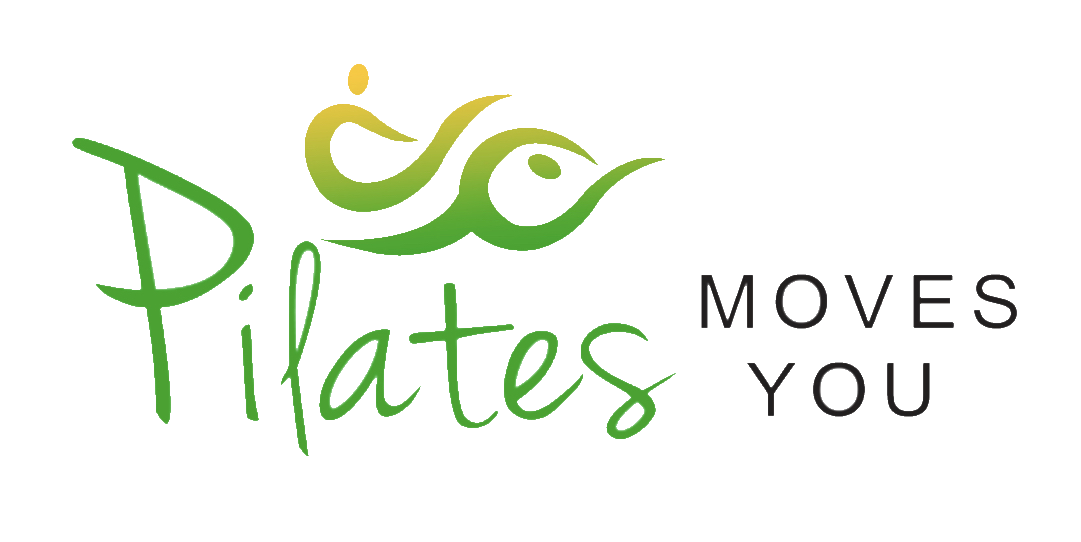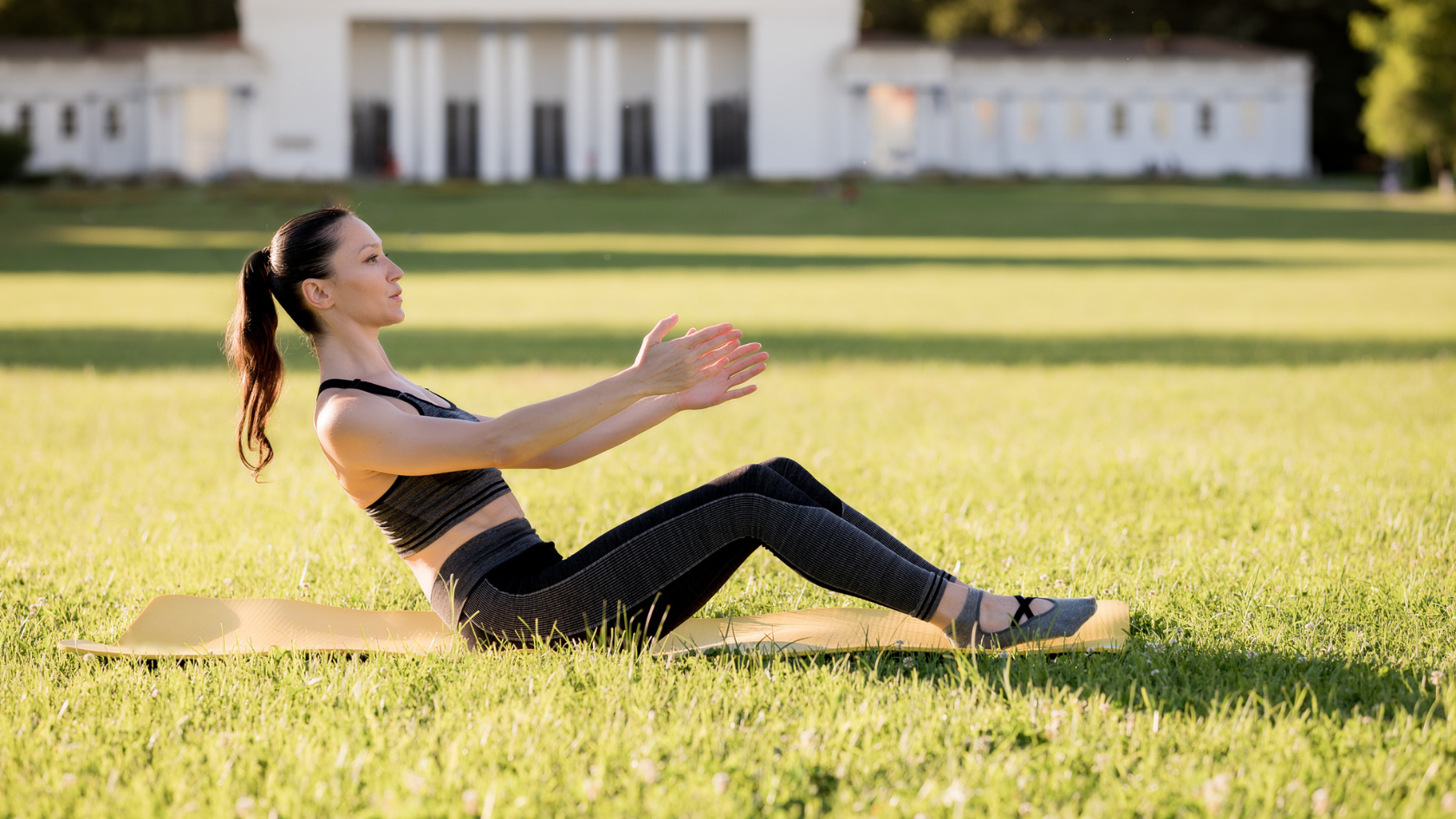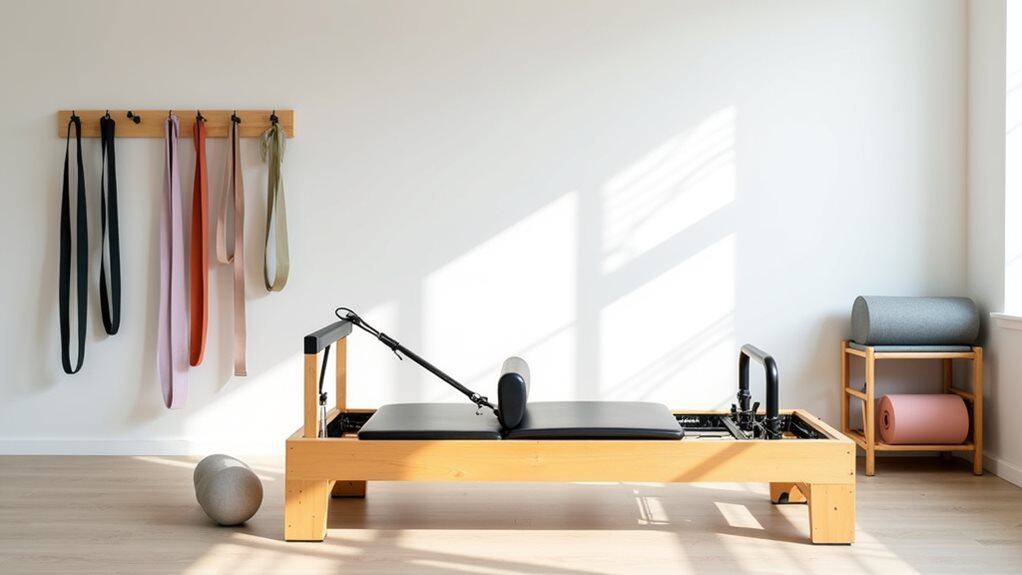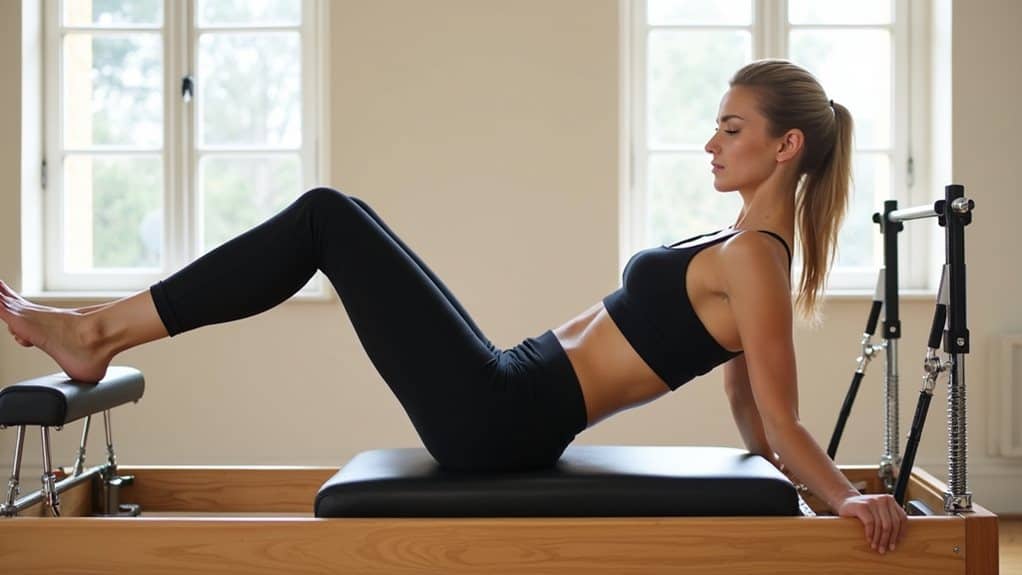Imagine you’ve just started incorporating roll-ups into your workout routine, aiming to enhance your flexibility. You’re rolling back and forth across a foam roller, attempting to ease muscle tightness and improve your range of motion.
But you might wonder, are roll-ups genuinely effective for increasing flexibility? Current research offers mixed results, with some experts claiming that regular roll-up exercises can lead to reduced stiffness and greater flexibility. Others, however, argue the benefits are modest at best.
It’s essential to understand that roll-ups might work well for some people as part of a dynamic warm-up, yet may not offer significant improvements in flexibility for everyone. You’ll need to assess how roll-ups fit into your routine and whether they’re helping you reach your flexibility goals.
Understanding the Roll-Up
In the context of flexibility, you’ll find that a roll-up involves lying on your back and using a foam roller to apply pressure along your muscles. This technique isn’t only intuitive but also methodically targets the fascia’s tightness. As you maneuver the roller, you’re essentially giving yourself a deep tissue massage, which can work wonders for stiff muscles.
Studies have illustrated that this self-massage aids in reducing pain and, importantly, helps increase range of motion, which is vital for both athletic performance and daily activities.
However, don’t expect miracles overnight. The improvements in flexibility from roll-ups usually appear with consistent practice. It’s about finding the right balance in your routine to reap the benefits of this effective tool in your flexibility arsenal.
Roll-Up Technique Breakdown
Considering the variety of roll-up methods, you’ll find that starting with the basic technique can significantly enhance your flexibility regimen. When integrating the use of foam rollers into your routine, it’s crucial to focus on a methodical approach:
- Position the foam roller under the target muscle group.
- Slowly roll back and forth to apply consistent pressure.
- Spend extra time on tender spots but avoid excessive force.
Remember, the key to a successful roll-up is maintaining controlled movements while breathing steadily. Don’t rush; the goal is to work through the myofascial tissue thoroughly.
With practice, you’ll likely notice improvements in flexibility and a decrease in muscle soreness, contributing to a more effective and enjoyable training experience.
Benefits for Flexibility
Incorporating foam rolling into your warm-up routine can significantly enhance your flexibility, allowing for a greater range of motion during subsequent exercises.
Research indicates that while the effects are somewhat transient, lasting around 20-30 minutes, the practice can slightly improve flexibility. This is noteworthy, as even modest increases can make a considerable difference in performance and injury prevention.
Moreover, foam rolling has been recognized for its ability to alleviate muscle soreness. By improving pain tolerance and diminishing discomfort, it indirectly contributes to your capacity for flexible movement.
Additionally, the temporary relief from tightness or soreness that many experience creates a more enjoyable and effective workout environment, further promoting a limber and well-functioning body.
Roll-Up Vs. Static Stretching
You might wonder how roll-ups compare to static stretching when it comes to improving your flexibility. Consider the potential flexibility gains of each method, but also weigh the associated injury risks that come with their different approaches.
It’s crucial to understand how these practices affect your body’s performance and recovery, ensuring you make informed decisions for your workout routine.
Flexibility Gains Comparison
When comparing the roll-up and static stretching, it’s clear that both can enhance your flexibility, but they do so in different ways. Consider the following:
- Foam Rolling Before Exercise: Engaging in roll-up exercises before your workout can lead to a small improvement in flexibility and lessen your perception of muscle pain.
- Static Stretching: This traditional method steadily increases flexibility but doesn’t provide the same immediate reduction in muscle pain perception as foam rolling.
- Post-Exercise Recovery: Foam rolling after exercise not only helps in reducing muscle soreness but may also contribute to maintaining and potentially improving flexibility over time.
Adopting a regimen that includes both techniques may offer the most comprehensive approach to flexibility and muscle pain management.
Injury Risk Factors
Considering the nuances in your flexibility routine, it’s crucial to weigh the injury risks associated with roll-ups against those of static stretching.
While static stretching can marginally dampen performance if overdone, roll-ups don’t typically cause such setbacks. In fact, they might slightly enhance your performance by improving pain perception and increasing stretch tolerance.
However, don’t be misled into thinking roll-ups can untangle deep-seated knots or trigger points. They’re more about altering how you feel pain, which can be a boon for your recovery process, easing muscle soreness and enhancing pain tolerance.
But remember, safety first. If you’re nursing a serious injury, steer clear of roll-ups unless you’ve got the green light from a healthcare professional. And since there’s no consensus on the best rolling protocol, always listen to your body and adjust accordingly.
Common Roll-Up Mistakes
As you explore roll-up exercises to enhance your flexibility, it’s crucial to maintain proper spine alignment. Rushing through the movements can compromise your technique, leading to less effective stretches and a heightened risk of injury.
Ensure you’re pacing yourself correctly to gain the full benefits of this flexibility method.
Incorrect Spine Alignment
You compromise the roll-up’s flexibility benefits if your spine isn’t properly aligned during the exercise. Incorrect spine alignment not only reduces the effectiveness of foam rolling in releasing myofascial tightness but can also lead to discomfort or even injury. Paying close attention to your spine’s position ensures you get the most out of the roll-up for enhancing your flexibility and reducing muscle pain.
Consider these common mistakes to avoid:
- Allowing your lower back to sag or arch excessively
- Twisting your spine to one side instead of maintaining a neutral position
- Jerking or using too much force, which can disrupt alignment
A methodical approach, focusing on correct spine alignment, will maximize your flexibility gains while keeping you safe from harm.
Rushed Movement Pace
When rushing your roll-up pace, you’re likely missing out on its full flexibility benefits by not allowing adequate time for the myofascial release.
A rushed movement pace could mean you’re not providing the necessary time and pressure needed to effectively stretch and loosen the fascial tissue.
To maintain focus and ensure you’re rolling at an effective pace, consider the following:
Do
Don’t
Modifications for Beginners
To accommodate your initial foray into foam rolling, opt for a softer roller to lessen any potential discomfort. As a beginner, it’s important to make modifications that cater to your current level of flexibility and comfort. Start with these strategic alterations:
- Choose a foam roller with a smaller diameter for better stability and control.
- Begin with shorter sessions of 30 seconds, and progressively increase the duration.
- Focus on maintaining proper technique with gentle pressure and controlled movements.
Remember, it’s not about pushing yourself to the limit right away. Instead, ease into the practice methodically.
Advanced Roll-Up Variations
Incorporating advanced roll-up variations into your routine targets specific muscle groups, enhancing your flexibility more effectively. By focusing on particular areas of tightness, you can achieve a deeper stretch and a more precise myofascial release.
For instance, using a foam roller on your IT band or calves can alleviate tension that contributes to overall stiffness. Does foam rolling actually work? Absolutely, especially when you tailor the exercise to your body’s needs.
As you become more experienced, you can incorporate props like foam rollers or massage balls to intensify the workout, ensuring that the release is both focused and intense. Such variations aren’t only effective in improving flexibility but also in preventing injuries by maintaining a healthy range of motion in your muscles and joints.
Incorporating Roll-Ups Into Your Routine
While advanced techniques target specific areas, you’ll find that incorporating basic roll-ups into your daily routine can enhance overall flexibility and muscle health. Here’s how to seamlessly integrate this practice into your fitness regimen:
- Prior to Exercise: Use roll-ups during your warm-up to prepare your muscles, potentially improving your performance.
- Rolling After Exercise: Implement foam rolling post-workout to aid in recovery by reducing muscle soreness and increasing pain tolerance.
- Consistency Is Key: Aim to include roll-ups regularly, as their benefits on flexibility are often short-lived, lasting around 20-30 minutes.
Sources




